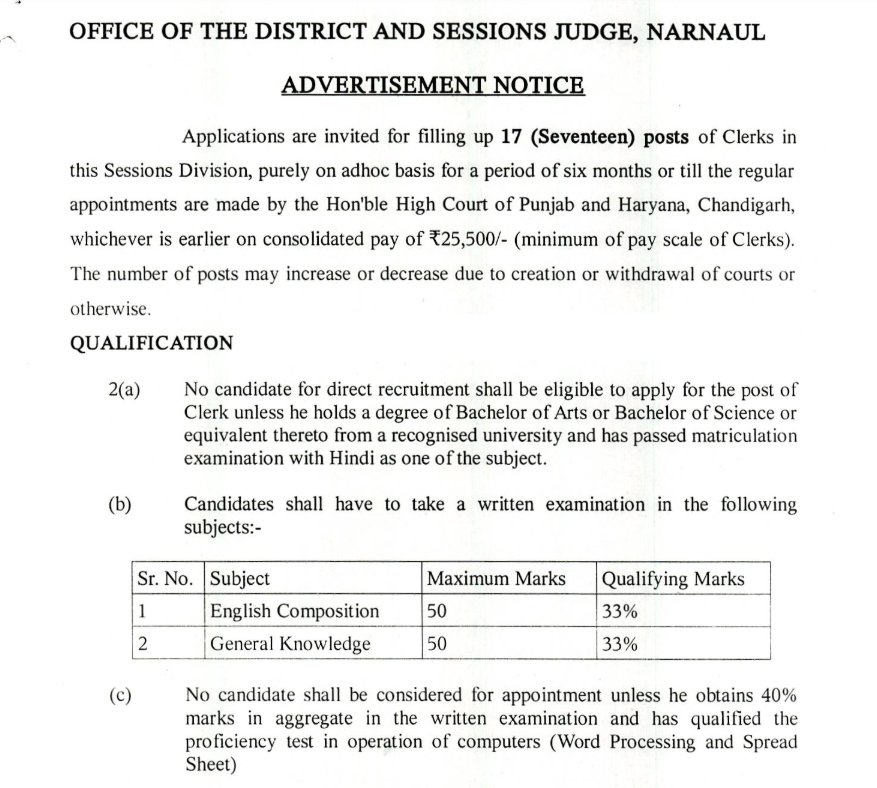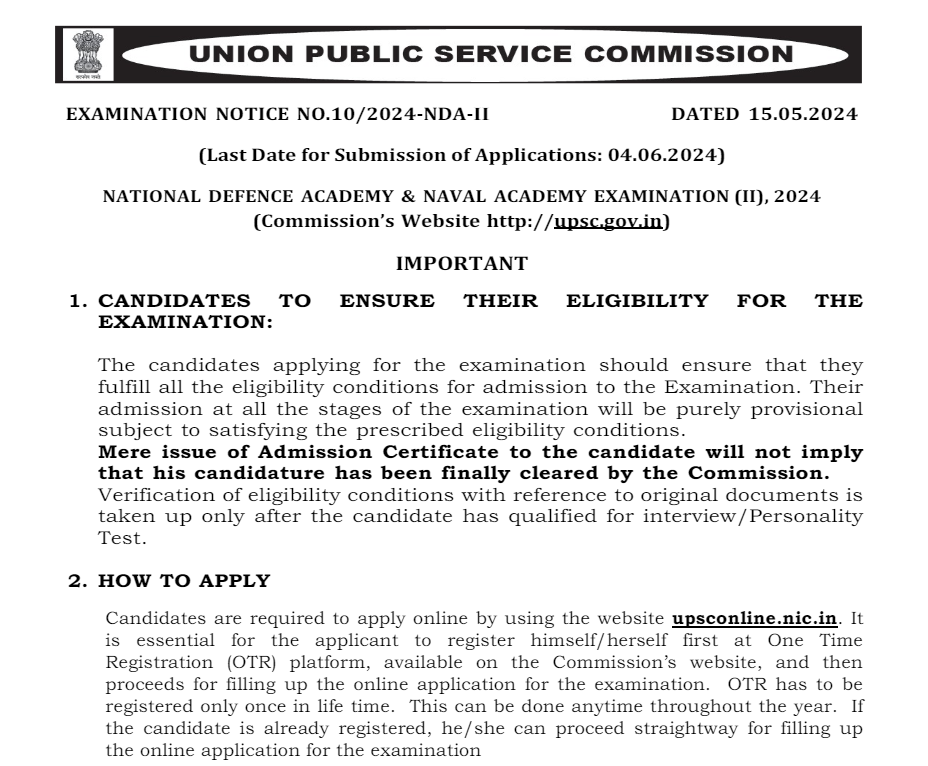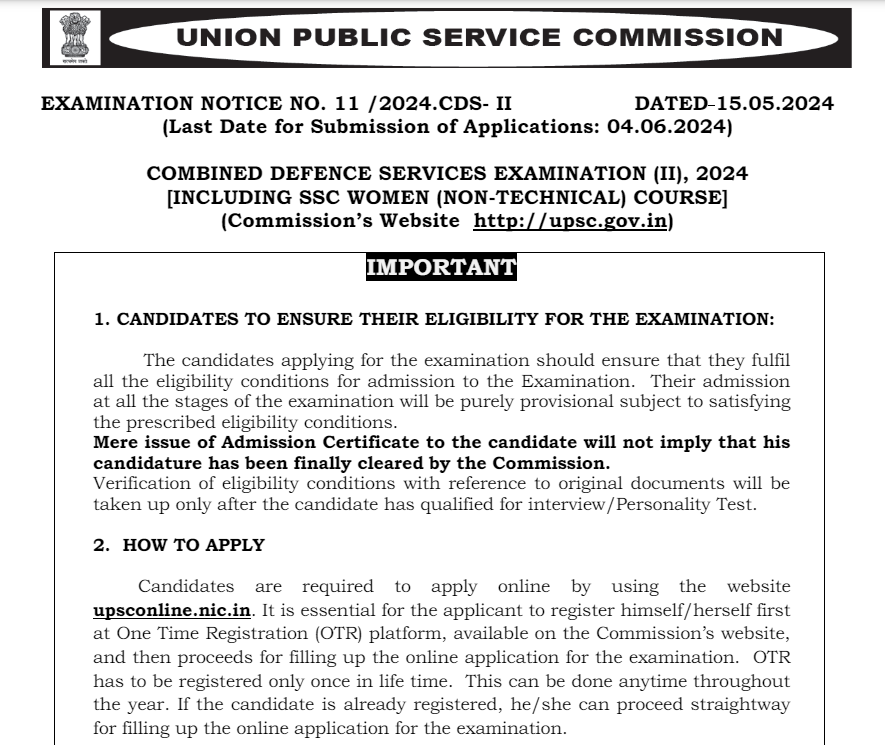TRANSFORMER PART 3

Category –EE Online Test
Telegram-Join Us On Telegram
Attempt Free TRANSFORMER PART 3 Here. Read The Important Electrical MCQ From Below.
TRANSFORMER PART THREE
Instructions: Click the answer button to see the correct answer.
1. A step up transformer increases
- current.
- voltage.
- power.
- frequency.
Answer: b
TRANSFORMER PART 3
2. In a step down transformer which one of the following statements is true?
- Secondary current is less than primary current.
- Secondary power is less than primary power.
- Number of secondary turns is less than primary turns.
- Number of secondary turns is more than that of primary.
Answer: c
3. When a transformer is loaded, the secondary terminal voltage drops. That means power factor is
- lagging.
- unity.
- leading.
- zero.
Answer: a
4. If Ke is eddy current constant, Kf is form factor, f is supply frequency, Bm maximum flux density in core of transformer, the expression of eddy current loss in transformer, is given by
- Kef²Kf²Bm.
- Kef²Kf²Bm²
- Kef²KfBm².
- KefKf²Bm².
Answer: b
TRANSFORMER PART 3
5. Stray losses in transformer occurs in
- paper insulation in transformers.
- winding conductors and steel structures of transformer.
- transformer insulating oil.
- steel core.
Answer: b
6. If iron loss and full load copper loss of any transformer are denoted by Pi and Pc, then the load corresponding to maximum efficiency is given by
- (Pi / Pc)³. full Load
- (Pi / Pc)².full Load.
- √(Pi / Pc).Full Load.
- (Pi / Pc).full Load.
Answer: c
7. Secondary winding of an auto transformer is also called
- compensating winding.
- damping winding.
- common winding.
- tertiary winding.
Answer: c
TRANSFORMER PART 3
8. Tertiary winding in a transformer is mostly
- zig – zag star connected.
- zig – zag delta connected.
- delta connected.
- star connected.
Answer: c
9. The main purpose of providing tertiary winding in a three phase transformer is
- to suppress harmonic and unbalance in voltage.
- to carry extra load.
- to interconnect three voltage systems.
- none of these
Answer: a
10. When operating, two or more transformers in parallel, % impedance of these transformers should be
- inversely proportional to MVA rating of transformers.
- proportionate to MVA rating of transformers.
- such that actual impedance of all transformers would be same.
- same.
Answer: d
TRANSFORMER PART 3
11. Tap changer is generally provided in
- power transformer.
- earthing transformer.
- current transformer.
- voltage transformer.
Answer: a
12. The heat generated in the transformer is dissipated mainly by
- all of these
- conduction.
- convection.
- radiation.
Answer: c
13. Transformer cooling and insulating oil must be of
- low viscosity.
- low BDV.
- low resistivity.
- high viscosity.
Answer: a
14. Normally for the design of transformer the ambient temperature is taken as
- 32°C.
- 35°C.
- 27°C.
- 45°C.
Answer: d
TRANSFORMER PART 3
15. Which of the following machine will have maximum efficiency?
- Induction motor.
- Electrical power generator.
- DC motor.
- Electrical power transformer.
Answer: d
16. The heat transfer by convection in a transformer least depends on
- surface area.
- temperature difference.
- color of the paint.
- air velocity.
Answer: c
17. Which of the following is not a part of transformer?
- Tap changer.
- Radiator.
- Commutator.
- Conservator tank.
Answer: c
TRANSFORMER PART 3
18. Maximum allowable acidity level of power transformer insulating oil is generally taken as
- 1 mg of KOH / gm.
- 2 mg of KOH / gm.
- 0.3 mg of KOH / gm.
- 0.5 mg of KOH / gm.
Answer: c
19. Maximum allowable tan – delta (tanδ) of dielectric dispassion factor of power transformer insulating oil is generally taken as
- 3 at 90°C.
- 1 at 90°C.
- 0.5 at 90°C.
- 2 at 90°C.
Answer: b
20. Minimum allowable resistivity of power transformer insulating oil is generally taken as
- 3 X 10^12 Ω – cm at 27°C and 0.3 X 10^12
- 2 X 10^12 Ω – cm at 27°C and 0.2 X 10^12
- 4 X 10^12 Ω – cm at 27°C and 0.4 X 10^12
- 1 X 10^12 Ω – cm at 27°C and 0.1 X 10^12
Answer: d
TRANSFORMER PART 3
21. Maximum allowable moisture content of power transformer insulating oil is generally taken as
- 25 ppm.
- 20 ppm.
- 35 ppm.
- 45 ppm.
Answer: c
22. What does the use the of height flux density value in transformer design lead to?
- Reduced copper loss.
- Reduced iron loss.
- Increase in weight/KVA.
- Decrease in weight/KVA.
Answer: d
23. Dissolve gas analysis of transformer oil is carried out to determine
- condition of bushing stud.
- condition of bushings.
- condition of transformer.
- condition of transformer oil.
Answer: c
24. Fufuraldehyde analysis is done to determine the
- condition of lamination on CRGO steel sheet.
- condition of oil in transformer.
- condition of cork gaskets used in transformer
- condition of paper insulation in transformer.
Answer: d
TRANSFORMER PART 3
25. A 10 Ω load is connected to the secondary of a single phase 3300/110 V power transformer. The effective load on the 3.3kV bus bar is nearly
- 300 kΩ
- 10 kΩ
- 9 kΩ
- 0.9 kΩ
Answer: c
26. Cross-section of the iron core of a power transformer is approximately circular. This is done because`
- it is easy to prepare circular coils
- it is easy to assemble circular iron core
- all of these
- electromagnetic forces tend to make the coil circular
Answer: c
27. If copper loss of a transformer at 1/4 th of full load is 100 W, then its full load copper loss would be
- 800 W
- 400 W
- 1600 W
- 100 W
Answer: c
TRANSFORMER PART 3
28. Sumpner’s test is carried out
- Due to none of the above reasons
- mainly to find out regulation of the transformer.
- mainly to find out the temperature rise on full load economically.
- mainly to find efficiency of the transformer.
Answer: c
29. A 2000/200 V, 50 Hz single-phase transformer has an exciting current of 0.5A and a core loss of 600W. When H.V. side is energized by the rated voltage and frequency, the magnetizing current is
- 0.2 A
- 0.4 A
- 0.3 A
- 0.1 A
Answer: c
30. A 250 kVA, 11000/400 V and 50 Hz single-phase transformer has 80 turns on the secondary, what is the maximum value of flux?
- 0.2 mWb
- 2475 mWb
- 55.2 mWb
- 22.5 mWb
Answer: d
TRANSFORMER PART 3
31. In a normal operation of 400V, 50 Hz transformer, the total iron loss is 2500W. When the supply voltage and frequency are reduced to 200V and 25 Hz respectively, the corresponding loss is 850W. The eddy-current loss at normal voltage and frequency is
- 200
- 800 W
- 400 W
- 1600 W
Answer: d














